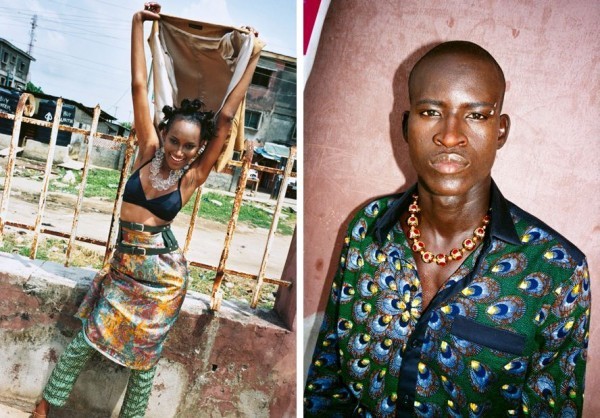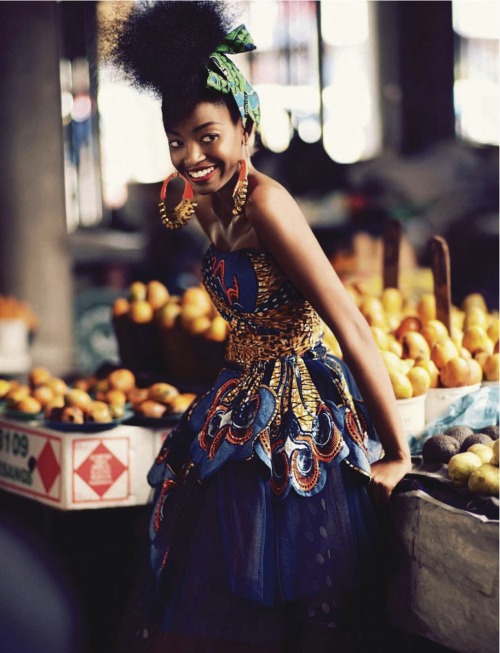Milena, Milena is the second in an exhibition trilogy - a narrative triptych that grows from Lockhart's relationship with Polish teenager Milena. Lockhart first befriended Milena in 2009 in Łodź, Poland during the filming of Podwórka (included in the exhibition). Several years later, Lockhart rekindled her friendship with Milena and discovered Milena's desire to write a book about her life. Triggering an ongoing dialogue between Lockhart and Milena, this imagined autobiography has become the impetus through which the two have explored the ambiguous autonomy of the young adult.
Sharon Lockhart, "Milena, Jarosław, 2013," 2014. Three framed chromogenic prints, 128.8 x 103.3 cm. Courtesy the artist, neugerriemschneider, Berlin, Gladstone Gallery, New York and Brussels, and Blum & Poe, Los Angeles.
Spread across three institutions and unfolded over a span of three years, each iteration of Milena, Milena features a slightly varied selection of works and marks an organic progression to the overall project. Comprising research (CCA Warsaw, 2013), production (Bonniers Konsthall, 2014), and contextualization (Kunstmuseum Luzern, 2015), Milena, Milena's trajectory aims at reflecting both highlights of the artist's 20-year career and her focus on a single character's choreography of selfhood and identity.
The exhibition trilogy includes a series of strategically selected identifications that claim the biographical dimension of Lockhart's work, thus operating as (self-)portraits as well as projections. As such, the exhibition is framed by two works of a subtly biographical background: It opens with the cinematic tour de force of Double Tide (2009)—filmed in Maine, USA, where Lockhart spent her childhood—and concludes with the rarely exhibited series "Untitled Studies" (1993–ongoing), the artist's photographic diary, composed of re-photographed snapshots found in her own family album. At the center of the exhibition's narrative is Milena, an enigmatic figure who remains disquietly absent, distilling the different threads of identification in her very non-presence.
Lockhart's new work is a study of intimacy, shaped largely by the artist's reading of theoretical writings of Polish-Jewish educator, children's author and pediatrician Janusz Korczak (1878–1942). A legend of his own time, Korczak experimented with the methods of institutional education, based on the developmental enhancement of a child's inborn abilities. Representative of the social pedagogy approach to education and a pioneer of children's rights, he envisioned a future in which children structured their own world and became experts in their own matters. He crystallized his knowledge of child psychology, while learning to "(speak) not to the children but with the children."
Words from e-flux announcement.




























